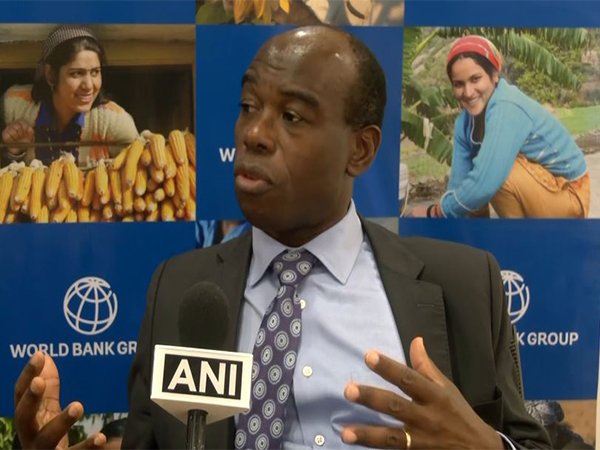India Poised to Outpace China in Low-Cost Tech Production: World Bank
Oman Horizon Bulletin

New Delhi: India has the potential to produce and sell technology at a lower cost than China, provided it masters and efficiently manufactures it, said Auguste Tano Kouame, World Bank Country Director for India. He emphasized that India’s vast workforce offers a strong competitive advantage in the global market.
India’s Competitive Edge in Technology Production
In an exclusive discussion with ANI, Kouame explained how economic growth influences a country’s ability to compete globally. He pointed out that as a nation’s income rises, labor costs typically increase, making it challenging to sustain a cost advantage. However, India’s lower production costs and large labor force allow it to manufacture technology more affordably than China.
“If India can efficiently master and produce technology, it will be able to offer it at a lower price than China, making it a preferred supplier for the rest of the world,” he stated.
Key Industries Where India Can Excel
Identifying the right industries is crucial for India to leverage its cost advantage. While China is known for its efficiency and scale, India has the potential to match or surpass it in specific sectors. One of the most promising areas is green technology, which aligns with the country’s increasing demand for sustainable solutions.
“India’s domestic market already demands green technology solutions, and by focusing on this sector, the country can quickly develop expertise,” Kouame noted.
Beyond green technology, India’s strong trade partnerships with multiple nations enhance its global trade position. If the country can manufacture high-quality products efficiently and cost-effectively, it can become a preferred export hub for goods and services.
Challenges in Achieving Economic Growth
While India has significant potential, several challenges remain:
✅ Job Creation: India’s rapidly growing workforce needs sufficient employment opportunities to sustain economic growth and social stability.
✅ Global Trade Barriers: With uncertainties in international trade policies and slowing global economic growth, accessing international markets could be challenging.
✅ Sustained High Growth: India must ensure consistent economic expansion despite external pressures, including trade restrictions and financial instability.
Despite these hurdles, India has maintained an impressive GDP growth rate of over 7% in the past three to four years, even amid pandemic-related disruptions and rising trade barriers.
India’s Roadmap to Becoming a Global Leader
Kouame emphasized that India’s future success lies in strategic internal reforms, investments in key industries, and leveraging its workforce. By making the right policy moves, India could not only compete with China but also accelerate its vision of becoming a developed nation by 2047.
For all the latest news from Oman and GCC, follow us on Instagram, like us on Facebook & subscribe to our YouTube Channel, which is updated daily.





